Product information
Reviews
Shipping & returns
Product information
NI SCXI-1325 Data Acquisition Module
Functional characteristics
High-voltage isolation: It features 250Vrms isolation from channel to ground and from channel to channel, ensuring the safe transmission of signals and the stable operation of equipment in high-voltage environments.
Flexible connection method: Equipped with 26 screw terminals, among which 2 are connected to the ground of the SCXI-1124 chassis, and 24 are used for signal connection with the six output channels of the SCXI-1124 module, which can be directly connected to the sensors on the front BNC connector or screw terminals.
Strong common-mode suppression capability: Under 1MΩ common-mode, it has a ±50Vdc DC suppression capability and a 0.16Hz unipole RC transition frequency, which can effectively suppress common-mode interference and improve the accuracy of signal measurement.
Isothermal structure design: The adoption of an isothermal structure helps ensure high measurement accuracy and reduces the impact of environmental temperature changes on measurement results.
High electrical safety standards: Compliant with electrical safety standards such as IEC 61010-1, UL 3111-1 and CAN/ CSA-C22.2 No. 1010.1, it is safe and reliable to use.
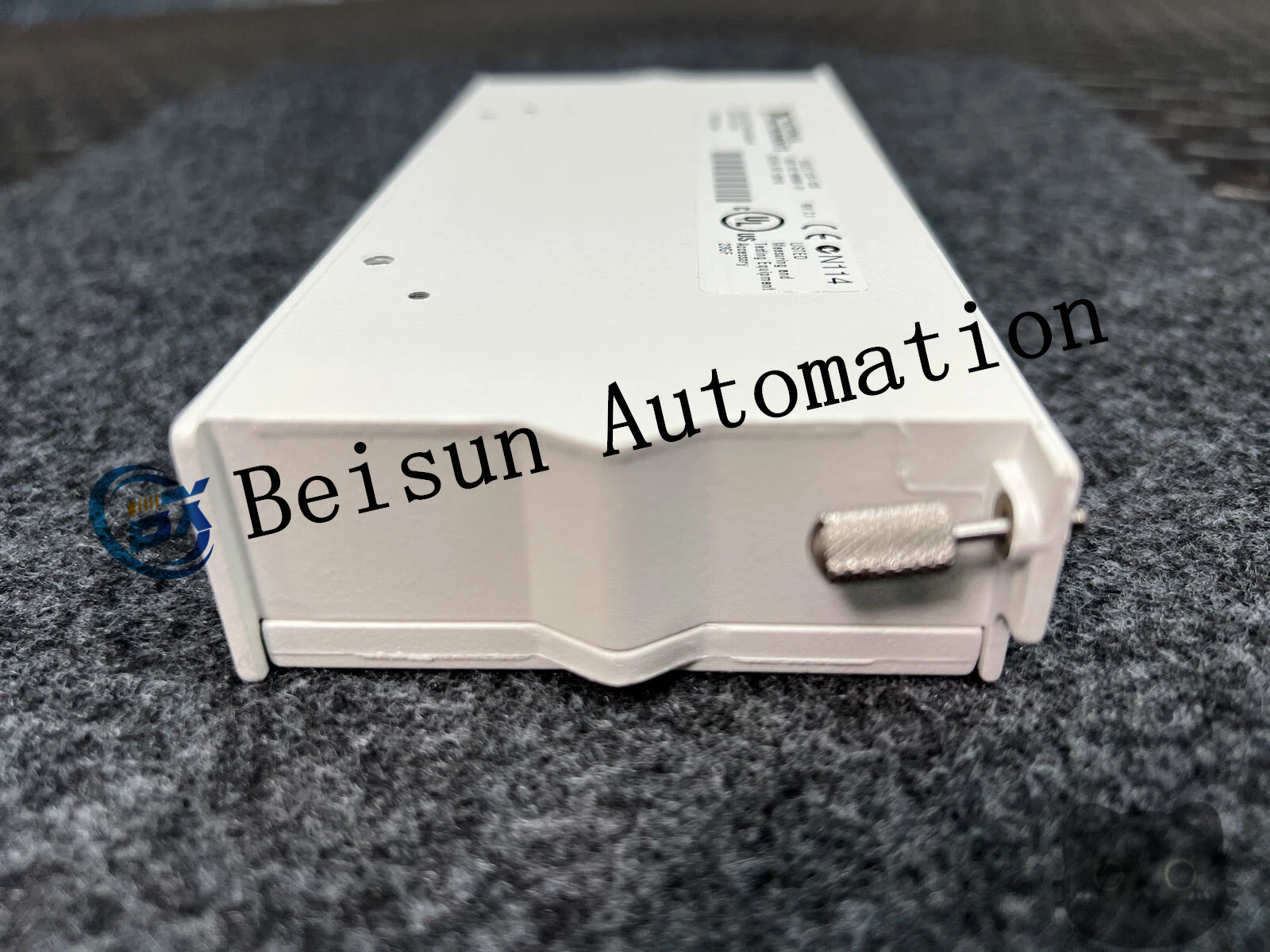
Electrical characteristics
Input range: It usually supports an input range of ±10V and can adapt to input signals of different amplitudes.
Resolution: It features 16-bit resolution and is capable of precisely measuring and converting input signals.
Sampling rate: The sampling rate is 250ks/s per channel, which can quickly collect data and is suitable for applications with high real-time requirements.
Application field
Industrial automation: It is used on production lines to connect various sensors and actuators to achieve precise control and monitoring of the production process, such as monitoring the operating status of motors and the opening and closing positions of valves.
Testing and Measurement: In laboratories and testing environments, various testing instruments and equipment can be connected to conduct signal acquisition and analysis, such as performance testing of electronic devices and calibration of sensors.
Energy management: In fields such as power systems and renewable energy generation, it is used to collect signals such as current, voltage, and power, to achieve monitoring and management of the energy system, and ensure the stable supply and efficient utilization of energy.

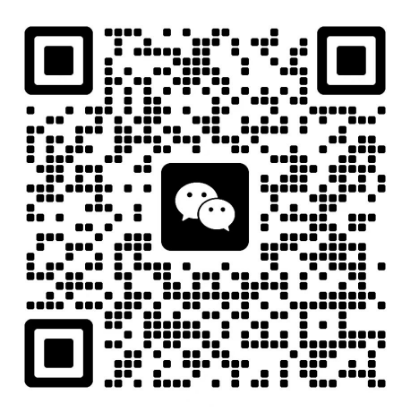

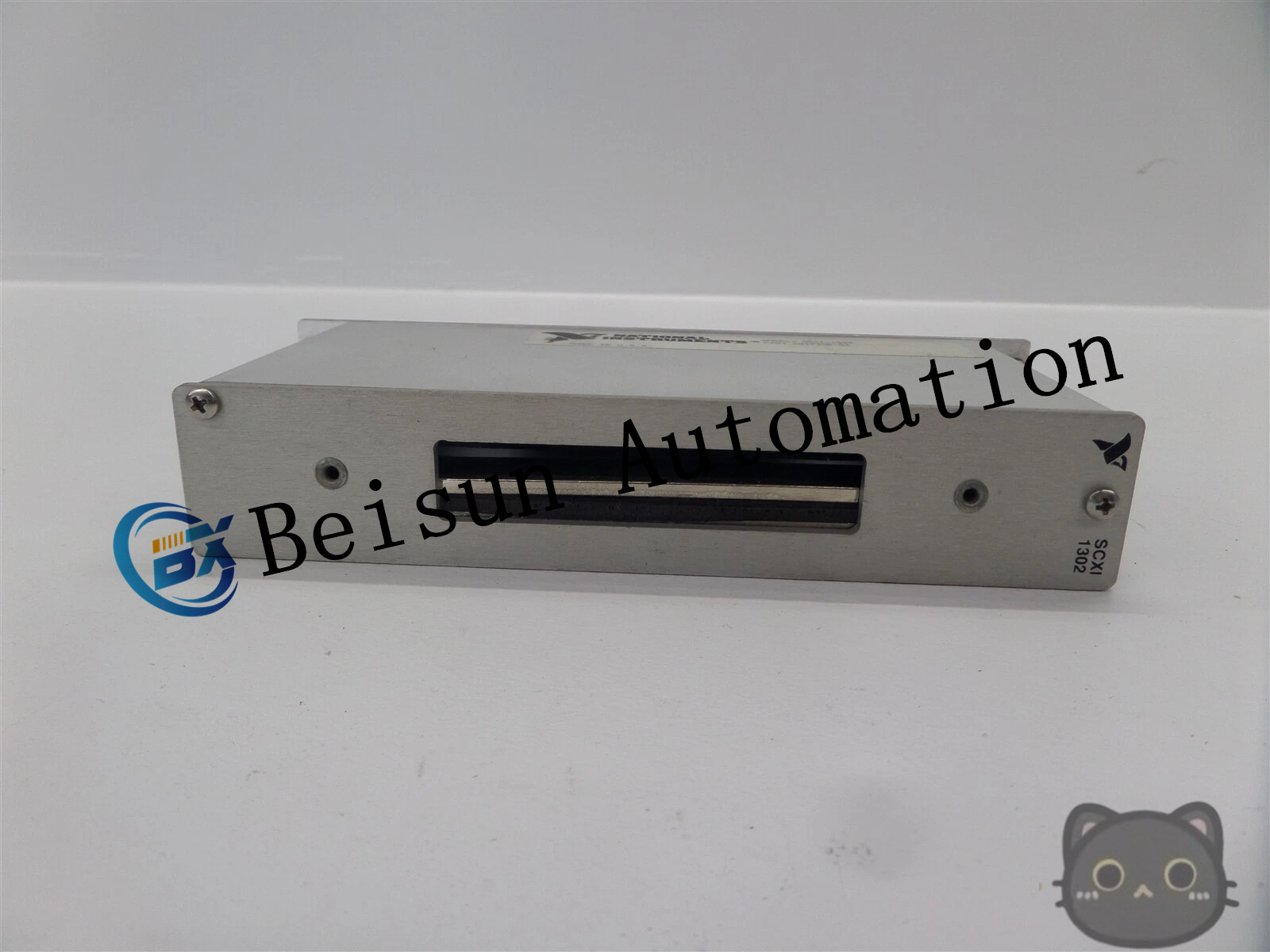
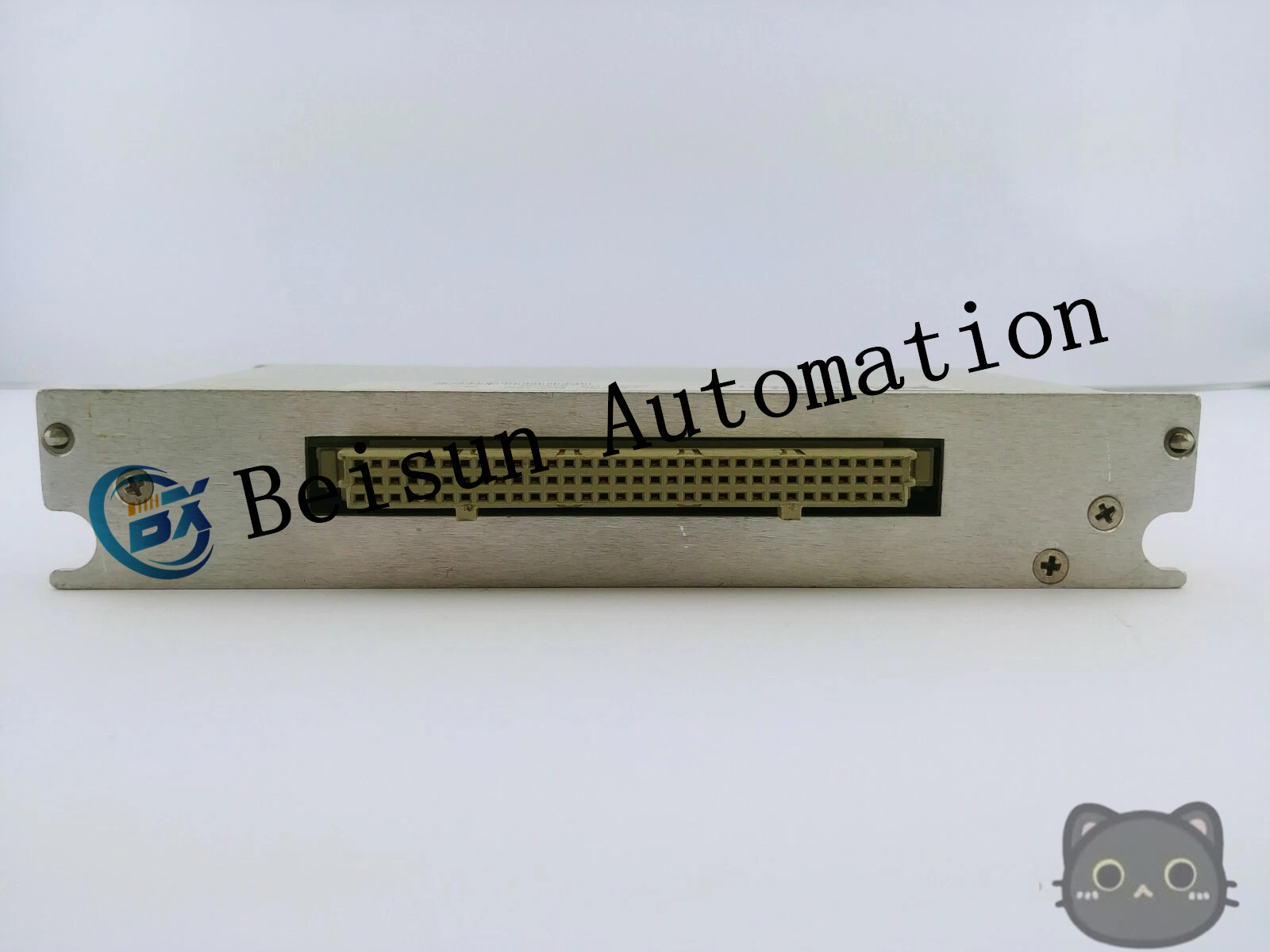
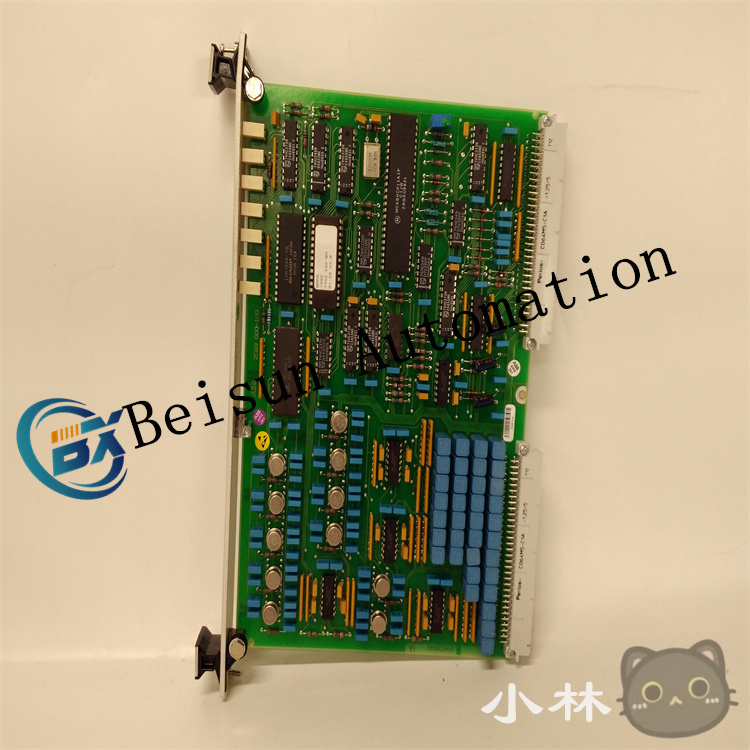
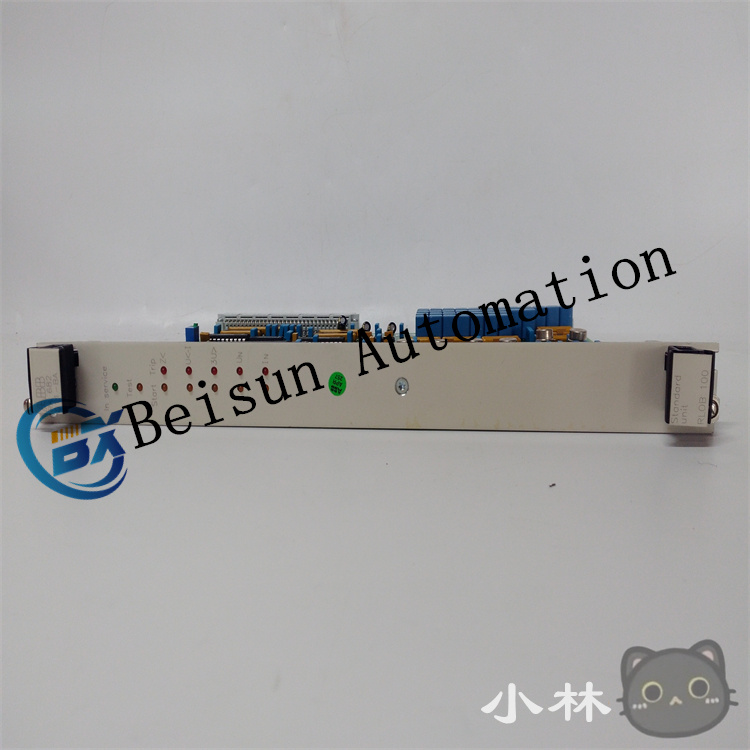
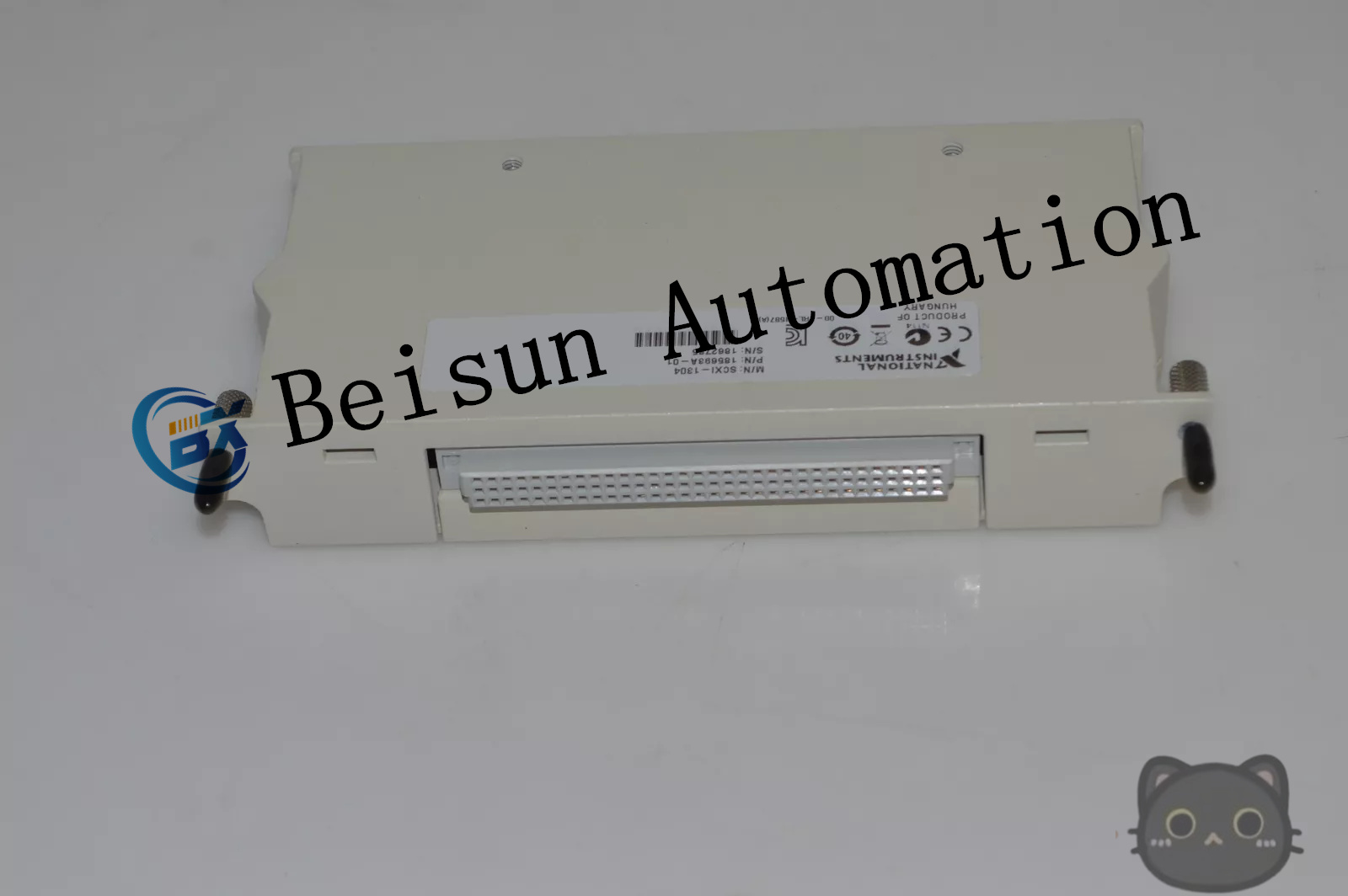
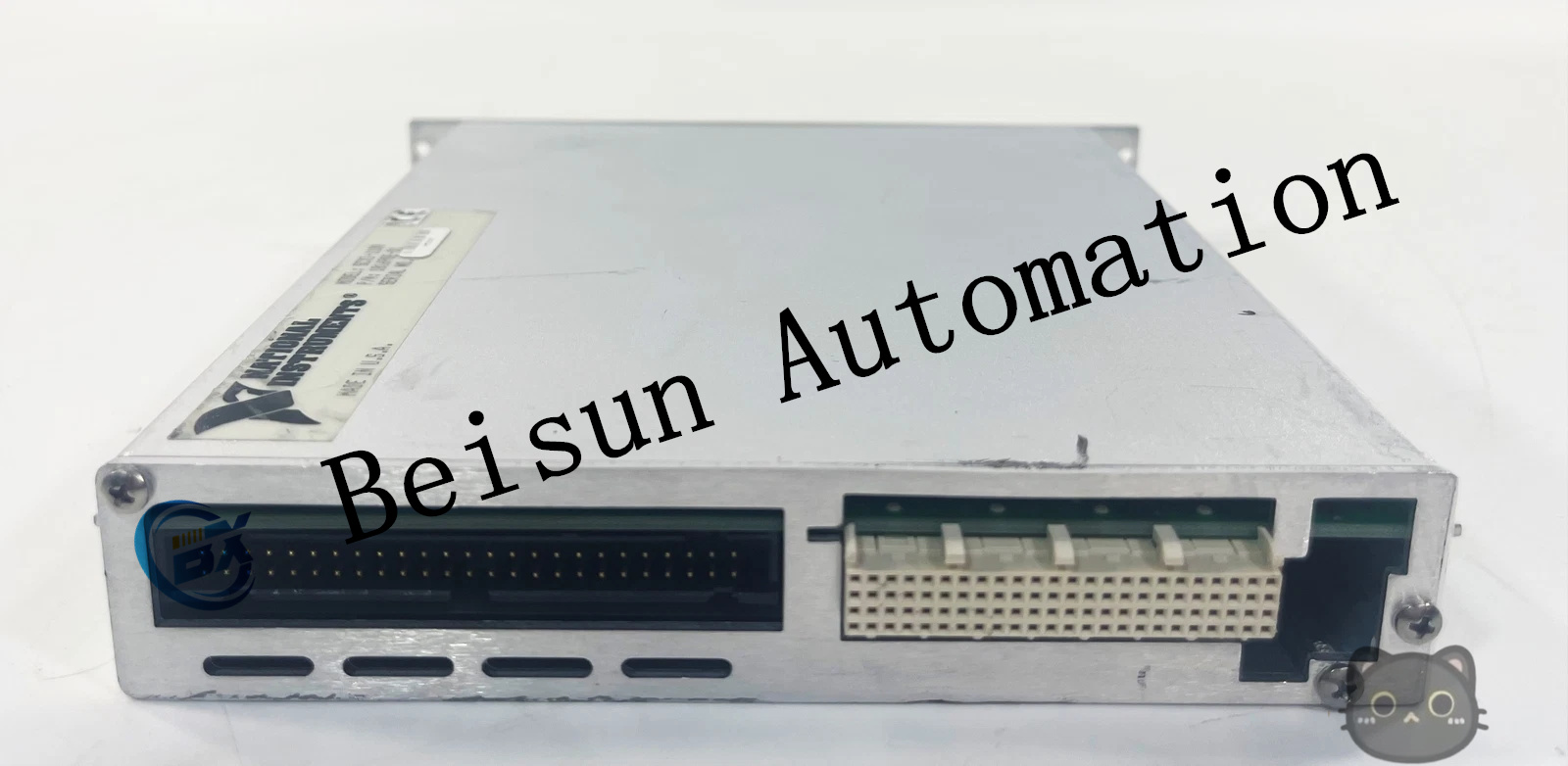
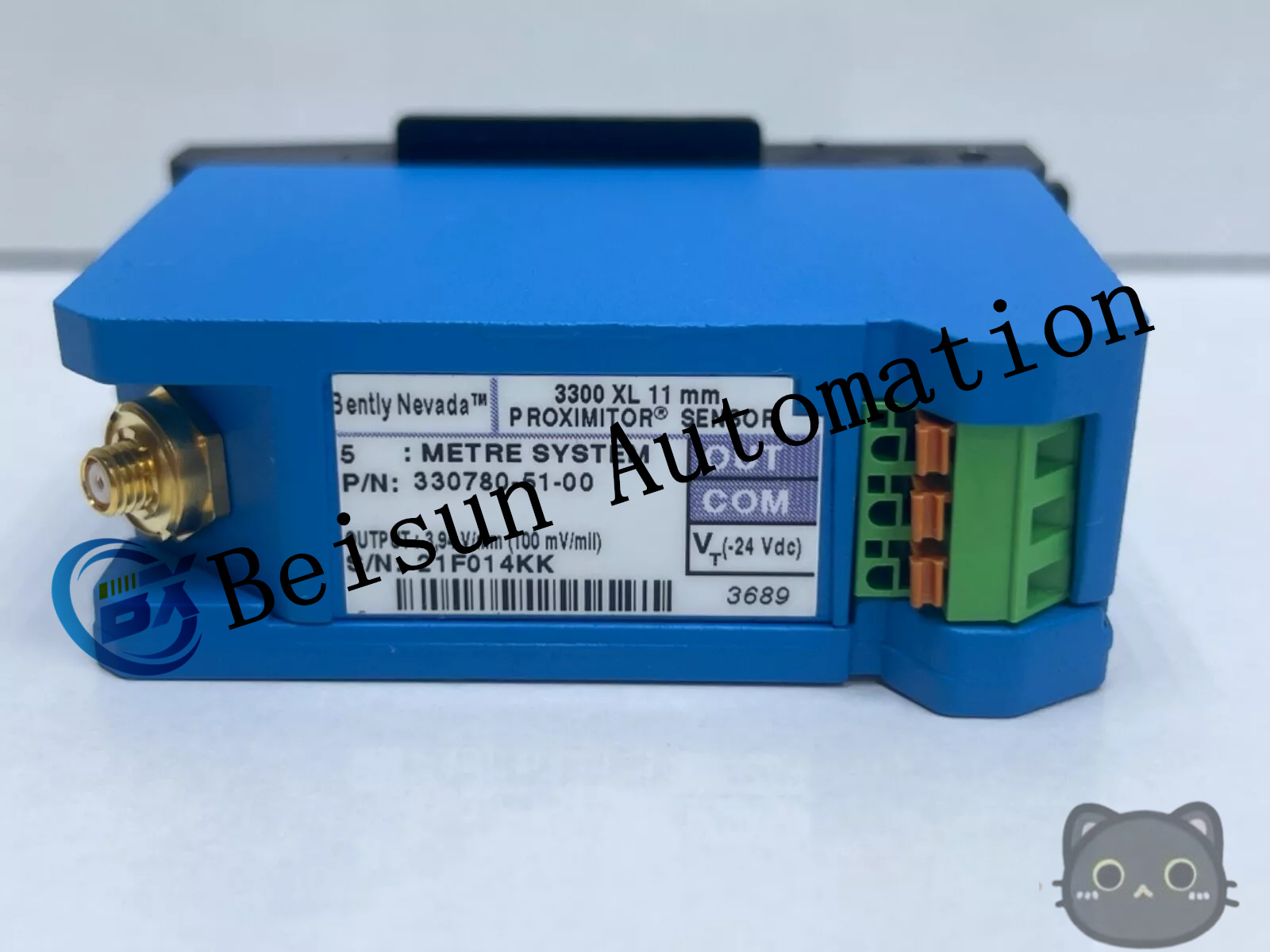
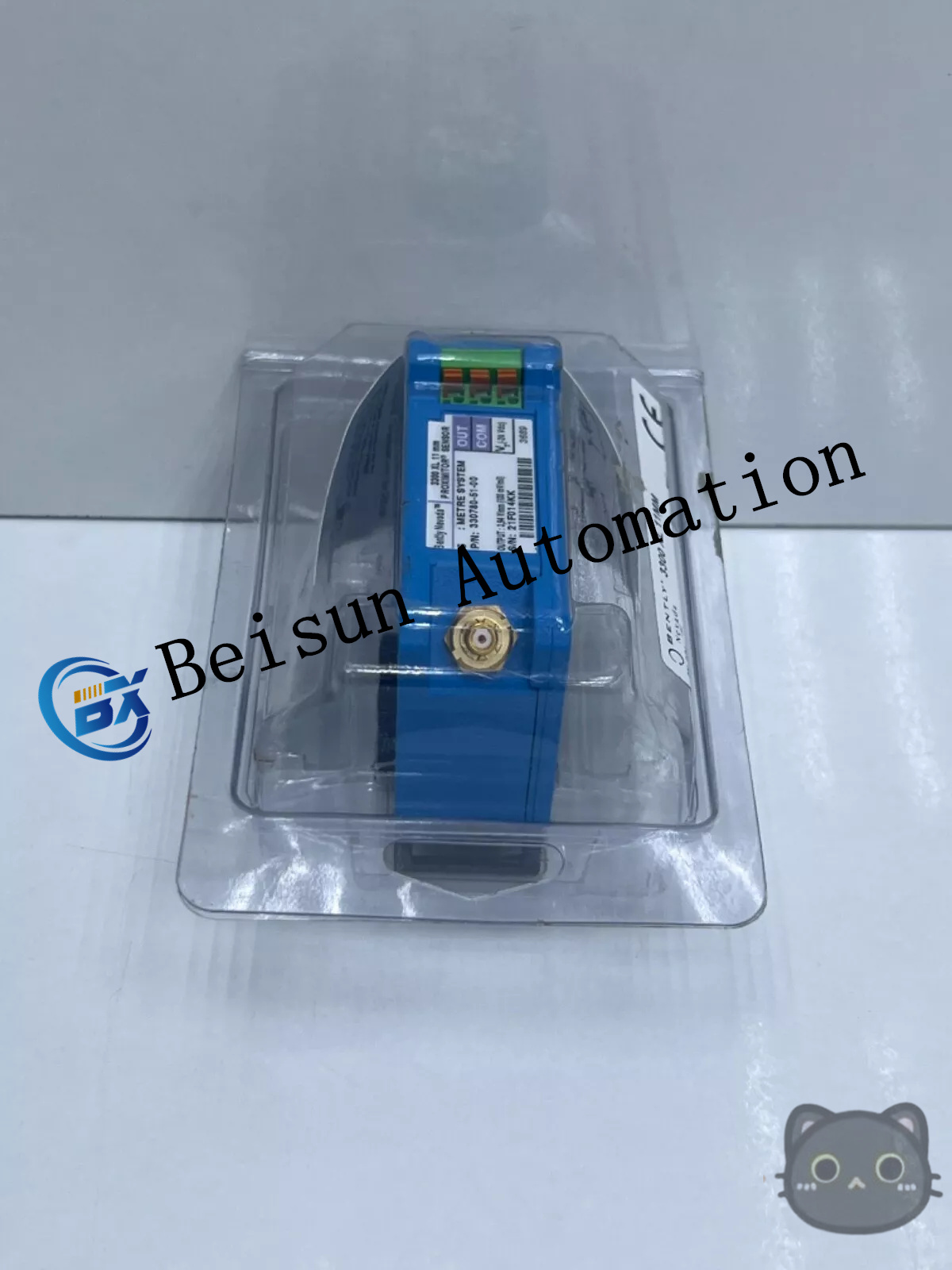
Reviews
There are no reviews yet.